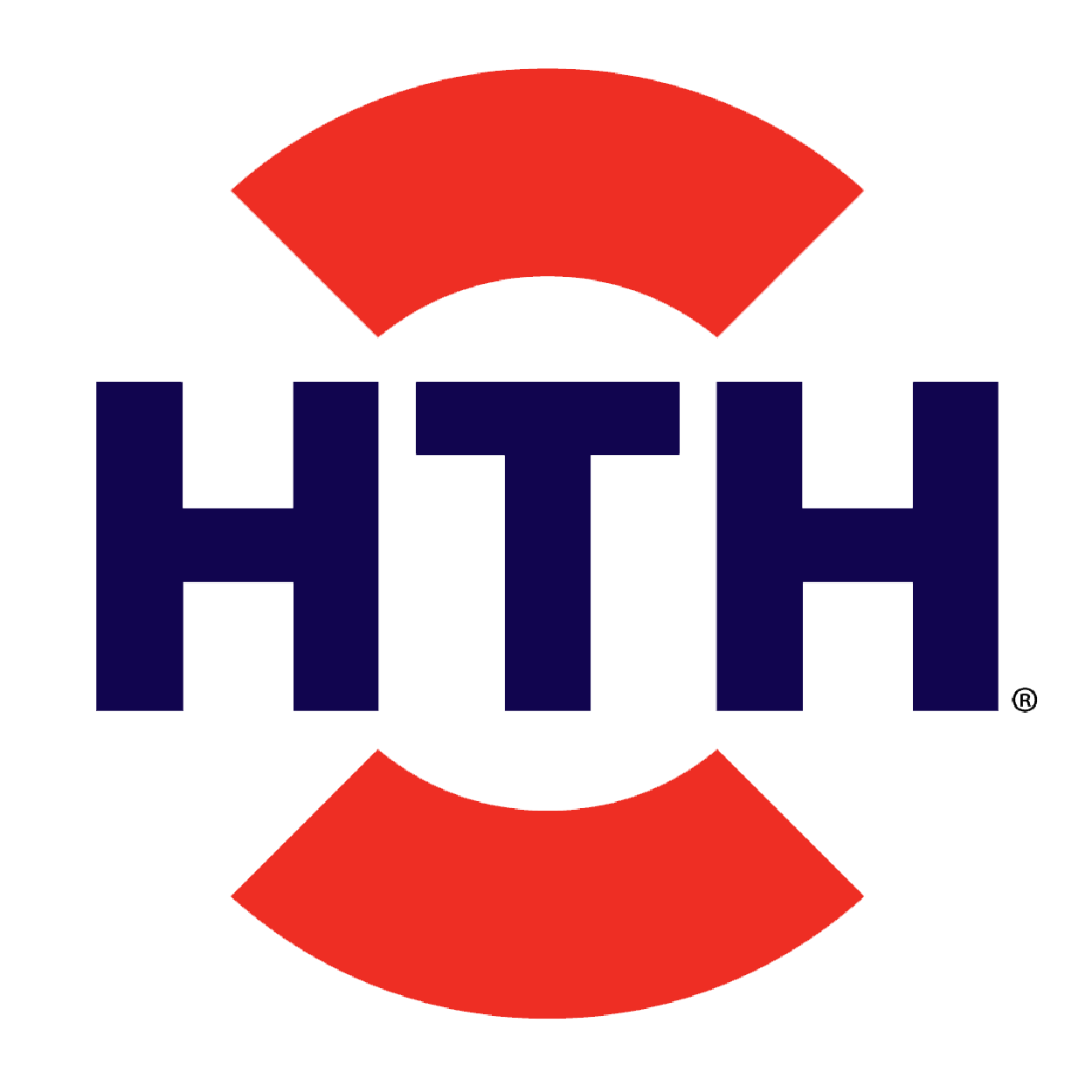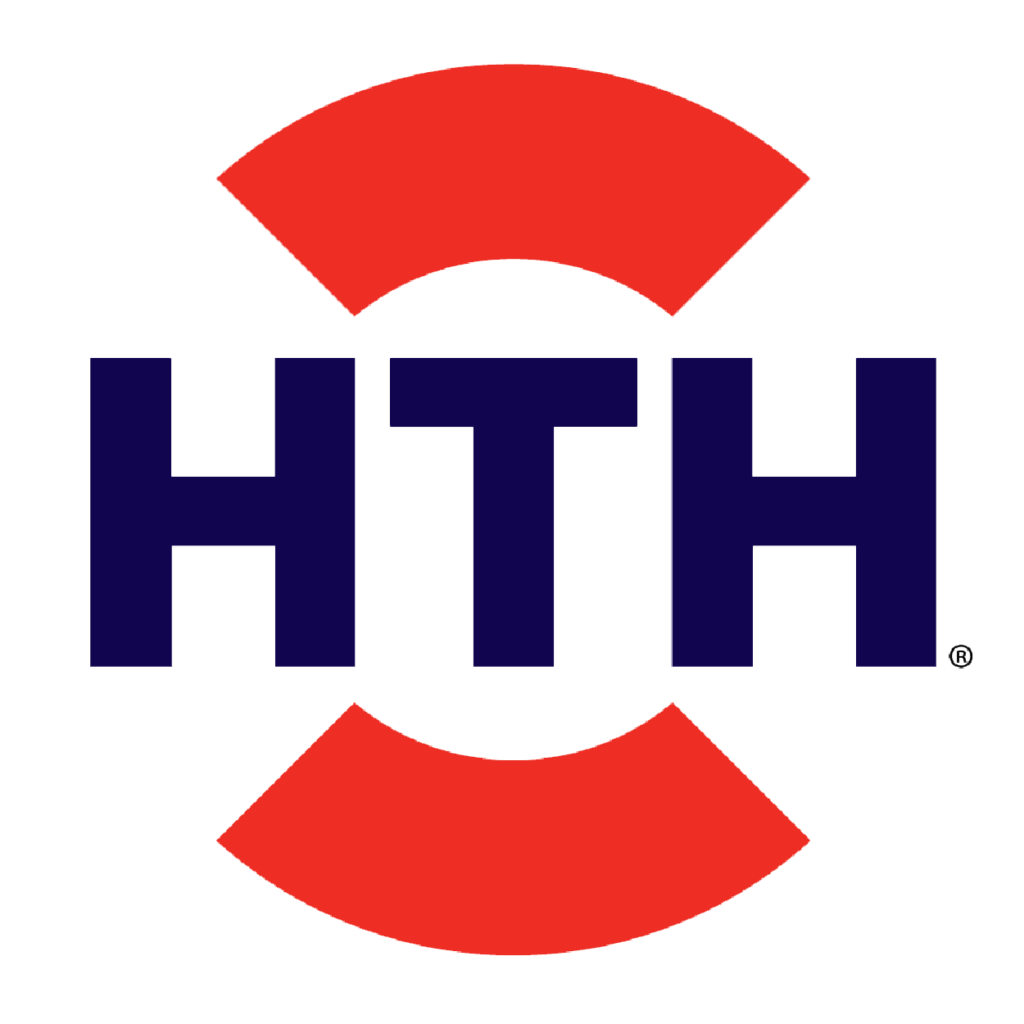FAQ’S
Edit Content
When pH is too low:
Use HTH® Soda Ash on marbelite pools or HTH® Alkalinity Up on marbelite or fiberglass lined pools.
Follow pack directions, dilute in a bucket of water and pour around the sides of the pool with the pump running.
When pH is too high:
- Use HTH® Easy Acid or HTH® Dry Acid
- Don’t add more than 500mL Easy Acid or 2 cups of Dry Acid at a time, carefully pour around the sides of the pool with the pump running.
- Wait 4hrs before repeating.
Edit Content
When TA is too low:
- Use HTH® Alkalinity Up.
- Follow pack directions.
- With the pump off, add to one spot in the deep end.
- You can switch the pump on after 20 minutes.
- Re-test after 12 hours
When TA is too high:
- Use HTH® Easy Acid of HTH® Dry Acid
- Follow pack directions.
- With the pump off, add to one spot in the deep end.
- You can switch the pump on after 20 minutes.
- Re-test after 12 hours
Edit Content
- Alkalinity (TA) acts as a buffer in the water to prevent excessive pH fluctuations. You should therefore adjust the TA first to a level of 80 – 120 ppm before adjusting the pH.
Edit Content
- Use HTH® Shock It or HTH® Super Shock It or 3 cups of HTH® Granular + Mineralsoft™ Pool Chlorine.
- Remember to adjust your pH before shock treatment.
- Do not enter the pool until the free chlorine value is lower than 3 ppm.
Edit Content
- Stabiliser can be added to the pool to help prevent chlorine from being broken down by sunlight.
- Add HTH® Pool Stabiliser to the pool according to label instructions.
- Keep in mind that high stabiliser (CYA) levels can cause “chlorine lock” – prevent chlorine lock by maintaining CYA levels around 50 ppm.
- Both PACE™ floater and HTH® Floater+ contain built-in stabiliser.
Edit Content
- Use HTH® Early Warning pool test strips
- The CYA section indicates the stabiliser levels in the pool.
- Always maintain the CYA level around 50 ppm to prevent “chlorine lock”
Edit Content
- There is no product that you can add to remove stabiliser.
- Stabiliser levels can only be reduced by draining some of the water from the pool and refilling with fresh water.
Edit Content
- Shock treat to boost chlorine, then add a floater.
- Remember to correct pH, backwash filter, and clear baskets first.
- For more information click here.
Edit Content
- Yes, all our products are compatible with a salt chlorinator.
Edit Content
- To ensure best performance, backwash your filter once every 2 weeks or whenever the pool cleaner gets sluggish.
- Backwash for 2 minutes or until water runs clear out the backwash pipe.
- Remember to rinse for 20 seconds before you resume filtration.
Edit Content
- Ensure that the pH level in the pool is between 7.2 and 7.6.
- Check the stabiliser (CYA) level – levels higher than 80 ppm could cause chlorine lock and prevent the chlorine from working.
Edit Content
- Check the pH level and maintain around 7.2.
- Calculate your pool volume and ensure that sufficient chlorine is added when required.
- Add Pool Stabiliser to a level of 50 ppm to protect chlorine against sunlight.
- Ensure that weir and pump baskets are cleaned regularly.
- Consider using a slow-release chlorine floater.
Edit Content
- No, this is a NON stabilised product and will therefore not increase CYA levels in the pool.
- It’s quick dissolve, fast acting and can be used on its own or in addition to other pool products.
Edit Content
- Check that your pool is not over stabilised (CYA is lower than 50 ppm)
- If not, let the chlorine dissipate over the next day or two or drain a portion of the water and top up with fresh water.
- Check that chlorine level is lower than 3 ppm before entering the water.
Edit Content
It’s best practice in terms of safety and product performance to add chemicals to the pool when nobody is swimming.
For granular chlorine and Shock treatment products:
- Enter the water once the free chlorine level is below 3 ppm.
For pool acid:
- Allow water to circulate for at least 2 hours.
- Measure the pH level and only enter the water once levels are between 7.2 and 7.6
For other pool maintenance chemicals (e.g. algaecides, water clarifiers, metal remover)
- Allow water to circulate for at least 12 hours before entering the water.
Edit Content
The HTH® Floater + has a built-in shock treatment and an Algaecide, both contain a slow release sanitiser and a clarifier.

